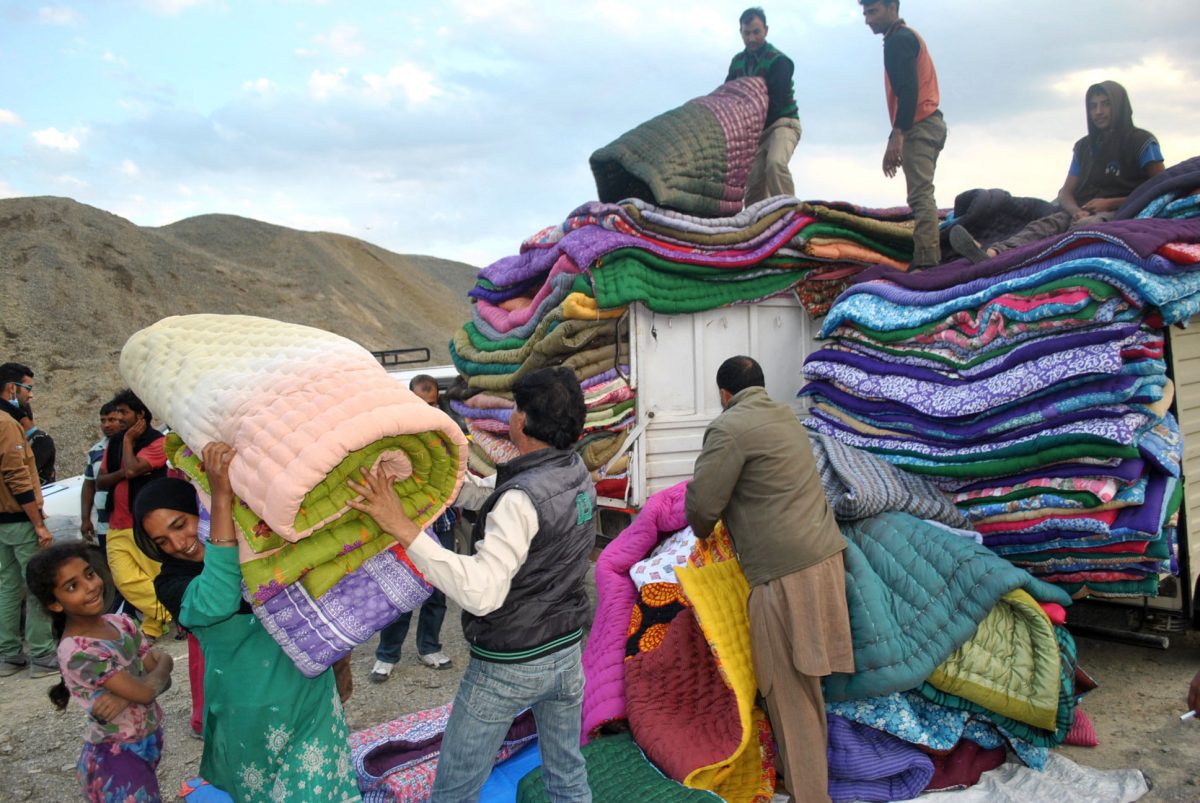
Case study

Case study
Goonj used Collect to track its logistics — receiving more than 1,000 tons of material every year, dividing it into individual kits, converting it into usable material, and then distributing it to over 300 partner organizations across the country.

Goonj
Nonprofit
21 states across India
In just sixteen years, Goonj has emerged as one of India’s best known NGOs. It uses material (clothes, shoes, stationary, furniture, and more) as a tool for empowerment and social change. Goonj collects more than 1,000 tons of donated material each year, groups it into usable kits, and distributes them around the country. Goonj needed to streamline and track this complex processing and distribution network through technology.
Goonj used Collect, our mobile data collection app, to issue an instant acknowledgment for material contributions from its 5 offices. More than 3,000 tons of material received every year undergo a series of processes. These involve segregating material, dividing it into individual kits, and converting it into usable material. Segregated materials are then distributed to remote areas directly or through Goonj's network of over 300 implementation partners on the ground.

Our goal is to grow as an idea, not just as an organization. For that we need to make ourselves replicable, which in turn requires better impact assessment and evidence building.
Co-Founder
GoonjWith everything from simple subjective questions to complex tabular questions, collecting comprehensive data was no problem.
Our simple web dashboard made creating a form as easy as writing an email. Admins could build a custom survey in no time.
Admins could set rules on numerical questions, geographic boundaries on GPS points, selection limits for multiple choice questions, and more.
Layers of skip logic made each form quicker and easier. Admins can choose to link together multiple questions, or even link entire forms.
Goonj's field staff were first-time smartphone users, but they had no trouble with Collect. Features like local language capability and an intuitive UI/UX made training a breeze.
Collect’s monitoring feature made it easy for different field staff to update data on the same kit. They just selected the kit’s ID from Collect, then updated data on that kit’s status.
Even India’s biggest cities are prone to terrible service. In locations with spotty internet, data was saved to the phone’s local storage, then synced when internet was available.